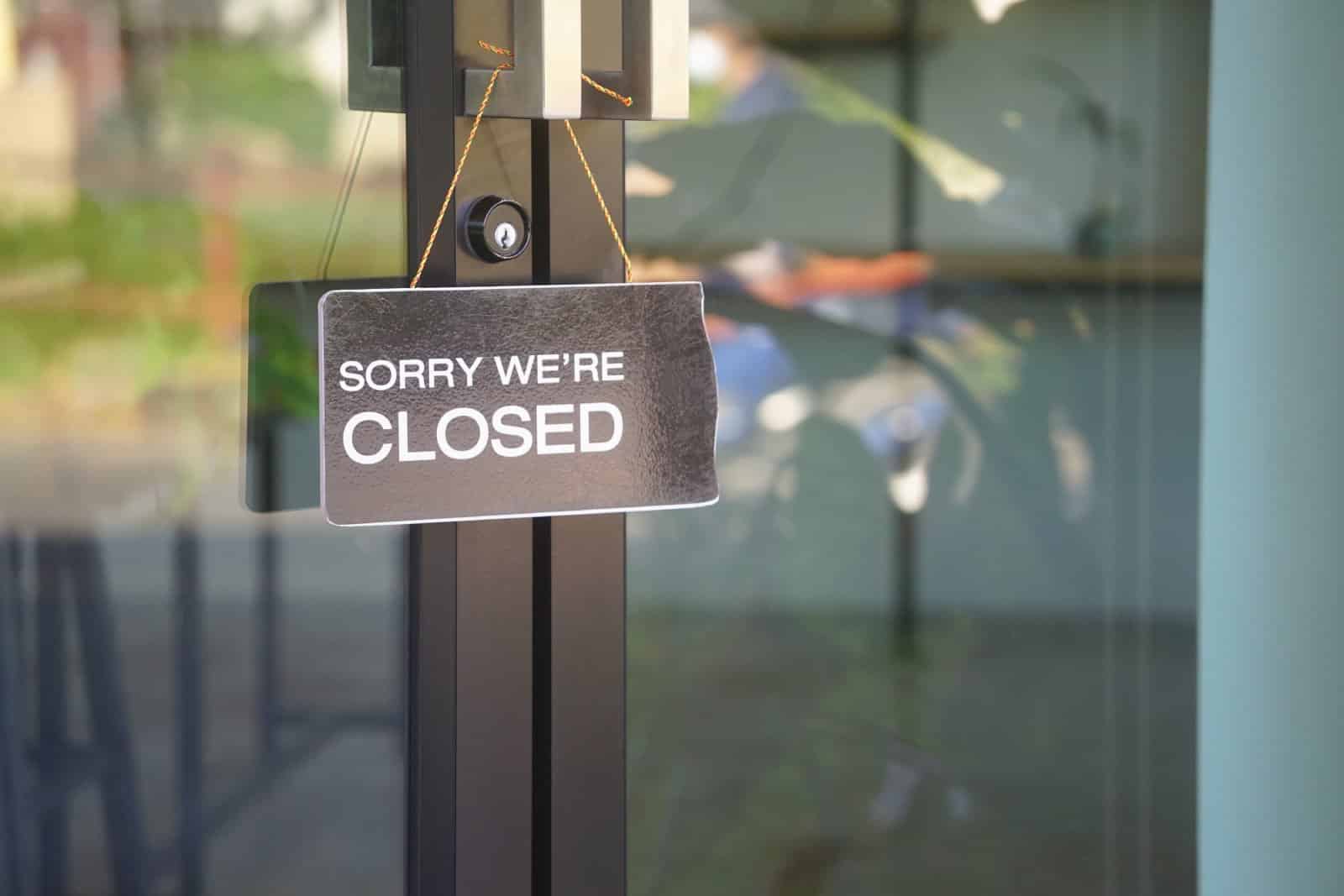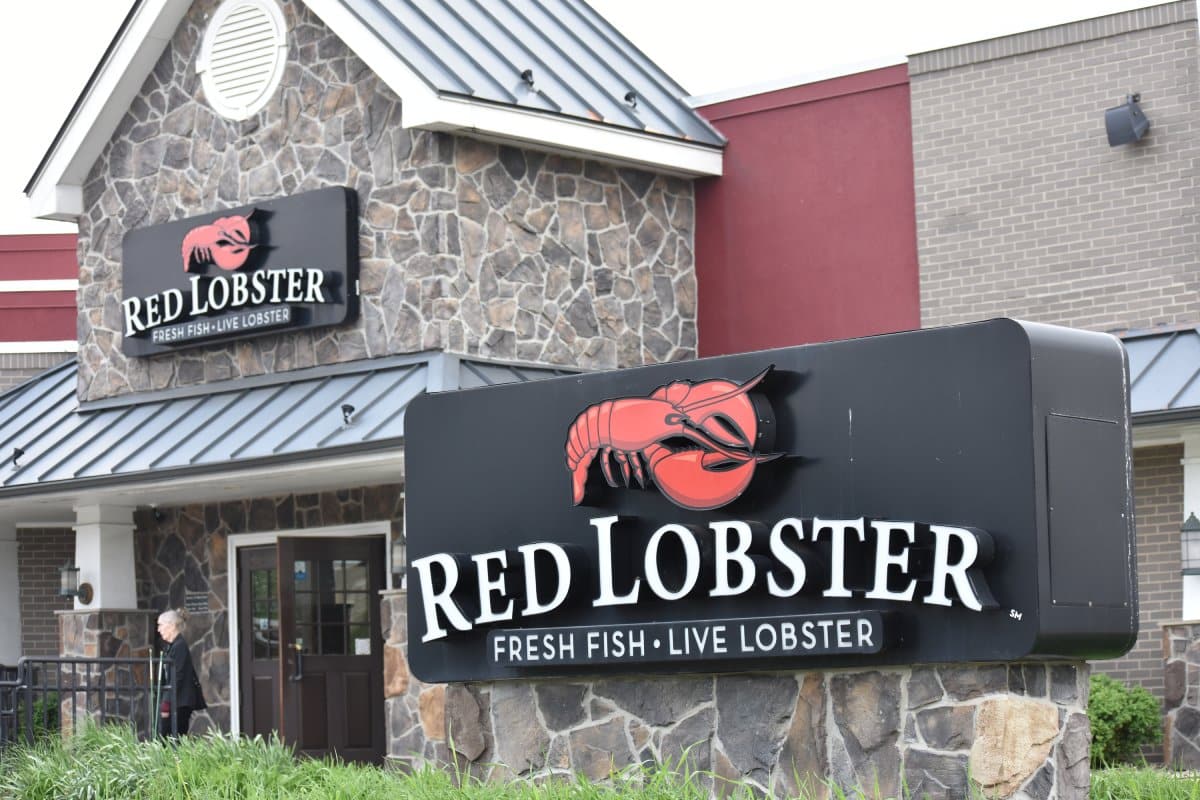A popular seafood chain has shut dozens of doors nationwide and filed for bankruptcy following some unwise promotional campaigns.
Red Lobster’s Tough Times

Red Lobster is in for a rough ride.
From Sea to Struggle

What was once the nation’s premier choice for seafood, Red Lobster, has seen a massive downturn in customers and revenue over recent years. On top of that, the company has had to deal with inflated labor costs and rising prices of leases on their restaurants.
Endless Shrimp, Endless Losses

Just last November, the chain came out against their popular “Ultimate Endless Shrimp” deal, which they claimed had resulted in an $11 million loss.
Shrimpgate

The deal, they claim, was simply too popular to make a profit, and they had not foreseen that customers would eat more than $20 in shrimp.
The TikTok Trend That Rocked Red Lobster

What had seemed a smart plan to get customers back into restaurants became a massive mistake – in part due to social media. A TikTok trend where people tried to eat as many shrimp as they could at Red Lobster caught on, and it spelled disaster for the promotion.
Shrimp Overload

One customer ate 108 shrimp in four hours, and other TikTok users were compiling lists for Red Lobster customers to make a profit on the deal. In response, Red Lobster raised the price of the deal, first to $22, then to $25.
Rising Costs, Sinking Sales

At the time, Ludovic Regis Henri Garnier, CFO of the Thai Union Group – a company that has made huge investments in Red Lobster since 2016 and owns 49% of the company – explained that “We knew the price was cheap, but the idea was to bring more traffic in the restaurants. We wanted to boost our traffic, and it didn’t work” as they had intended.
Survival Mode

Despite the increased footfall as a result of the deal, since 2019, the number of people dining at Red Lobster has dropped by 30%. While there’s been a small uptick in customers since the pandemic, it’s still not back to where it used to be.
Red Lobster’s Chapter 11 Filing

This has all culminated in the company filing for Chapter 11 bankruptcy late Sunday – often termed “reorganization” bankruptcy.
Navigating Bankruptcy

Chapter 11 bankruptcy allows businesses to carry on operating while they reorganize their debts, and it offers protections like automatic stay, debtor-in-possession status, and the ability to negotiate with creditors, sell assets, and access new financing.
Red Lobster’s Turnaround Plan

It’s the equivalent of hitting a financial reset button – giving them a chance to work out a plan to pay back what they owe while still staying in business.
Fishing for Solutions

During this period, Red Lobster says they’re going to “drive operational improvements, simplify the business through a reduction in locations, and pursue a sale of substantially all of its assets.”
Red Lobster’s Billion-Dollar Burden

Red Lobster has stated they have more than $1 billion in debt, less than $30 million cash on hand, and overall made a loss of $76 million in 2023. According to the court filing, the company has more than 100,000 creditors and estimated assets of between $1 billion and $10 billion.
Red Lobster’s Reorganization Strategy

The company is likely to sell its business to a new owner set up and run by its current lenders. This sale agreement called a “stalking horse bid,” sets the initial bidding bar for other potential buyers. It allows the company to find a new owner while protecting its interests and getting the best deal possible.
Choppy Waters Ahead

In their bankruptcy filing, Red Lobster CEO Jonathan Tibus blamed “a difficult macroeconomic environment, a bloated and underperforming restaurant footprint, failed or ill-advised strategic initiatives, and increased competition within the restaurant industry.”
Sinking Ships

Red Lobster is shutting just under 100 locations – around 15% of the chain’s current restaurant offerings.
From Lobster to Lawsuits

On top of current bankruptcy woes, the company has just been hit with a proposed class action lawsuit over the layoffs that occurred when they shut down these specific locations.
Lobster Layoffs

Plaintiffs are arguing that the company violated the federal Worker Adjustment and Retraining Notification Act (WARN Act) and the New Jersey WARN Act by failing to give 60 days written notice to employees.
Thai Union’s Farewell

Thai Union Group has also announced that they will sell all their shares in Red Lobster, with CEO Thiraphong Chansiri optimistically stating “we do not expect any significant value to be gained.”
Remote No More: 19 Companies Returning to the Office

As the pandemic wanes, companies are recalling remote workers back to the office, sparking debates on fairness, costs, and convenience. However, there are also notable productivity, coworking, and mental health benefits to consider. Feeling the effects of these changes? Remote No More: 19 Companies Returning to the Office
8 Costco Must Buys and 8 to Leave Behind

Ever wandered Costco’s aisles, questioning if that giant jar of pickles is a real bargain? Or debated buying tires where you get your rotisserie chicken? Welcome to the definitive guide to Costco shopping—a journey to save money, prevent regrets, and offer quirky insights into bulk buying. 8 Costco Must Buys and 8 to Leave Behind
23 Reasons Texas Is the Next Big Thing

Texas is becoming a beacon of opportunity, blending cultural heritage with economic growth. From its landscapes to its industries, the Lone Star State offers a dynamic lifestyle. Here are 23 reasons why Texas stands out, attracting entrepreneurs, artists, tech professionals, and families seeking new beginnings. 23 Reasons Texas Is the Next Big Thing
Featured Image Credit: Shutterstock / ADXco.
The content of this article is for informational purposes only and does not constitute or replace professional financial advice.

